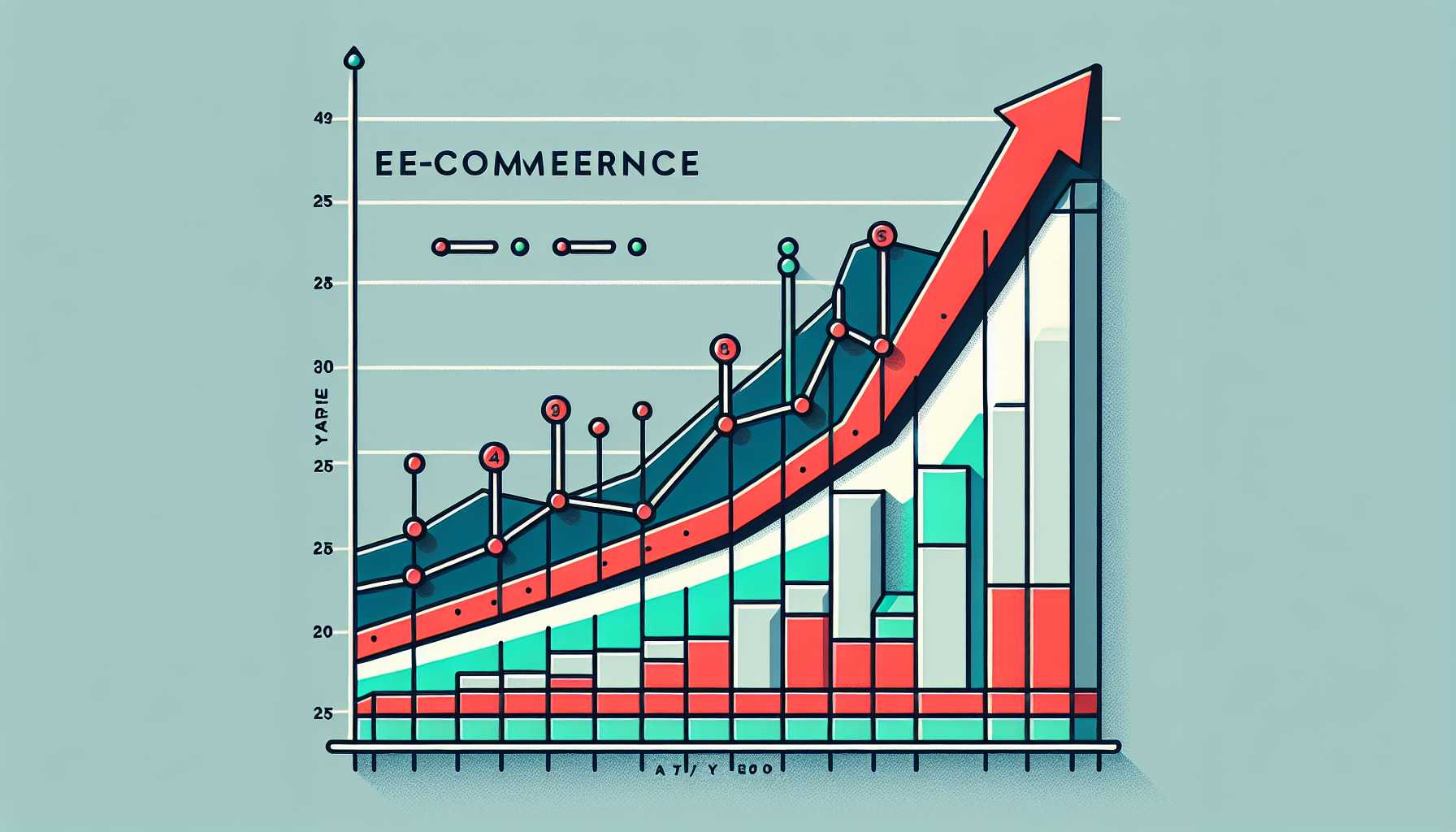E-commerce in Italy: A Growing Trend for Small Businesses
E-commerce has become an increasingly important tool for businesses of all sizes, and small businesses in Italy are no exception. But just how many small businesses in Italy are using e-commerce platforms? The answer is: it depends.
There is no single, definitive answer to this question, as the percentage of small businesses using e-commerce platforms can vary depending on the source of the data and the definition of “small business.” However, we can look at some recent data to get a general idea.
E-commerce Adoption Among Italian Small Businesses
According to a 2022 report by the Italian National Institute of Statistics (ISTAT), 42.4% of Italian businesses with 10 to 49 employees had an e-commerce website. This number has been steadily increasing in recent years, and it is likely to continue to grow in the future.
Another study, conducted by the European Commission in 2021, found that 56% of Italian small and medium-sized enterprises (SMEs) had an online presence, which includes e-commerce websites. This suggests that a significant portion of Italian small businesses are already using e-commerce to reach new customers and grow their businesses.
Why Italian Small Businesses Are Turning to E-commerce
There are several reasons why Italian small businesses are turning to e-commerce. Some of the most common reasons include:
- Increased reach: E-commerce allows businesses to reach a wider audience than they could with a brick-and-mortar store. This is especially important for small businesses that may not have the resources to open a store in a high-traffic location.
- Lower costs: E-commerce can be a more cost-effective way to do business than a traditional brick-and-mortar store. There are no overhead costs associated with renting or maintaining a physical store, and e-commerce platforms often have lower transaction fees than credit card processors.
- Greater flexibility: E-commerce allows businesses to operate 24/7, which gives customers more flexibility to shop when it is convenient for them. This can be a major advantage for small businesses that may not have the resources to staff a store during extended hours.
- Improved customer service: E-commerce platforms offer a variety of features that can help businesses improve their customer service, such as online chat, product reviews, and order tracking. This can lead to increased customer satisfaction and loyalty.
The Future of E-commerce in Italy
The future of e-commerce in Italy looks bright. The e-commerce market in Italy is expected to grow by 10.5% in 2023, and it is projected to reach a value of €72.5 billion by 2025. This growth is being driven by several factors, including the increasing adoption of smartphones and tablets, the growing popularity of online shopping, and the increasing availability of high-speed internet.
As the e-commerce market in Italy continues to grow, we can expect to see more and more small businesses adopting e-commerce platforms. This will allow them to reach a wider audience, lower their costs, and improve their customer service.
Conclusion
E-commerce is becoming increasingly popular among small businesses in Italy. This is due to several factors, including the increased reach, lower costs, greater flexibility, and improved customer service that e-commerce offers. The future of e-commerce in Italy looks bright, and we can expect to see more and more small businesses adopting e-commerce platforms in the years to come.

